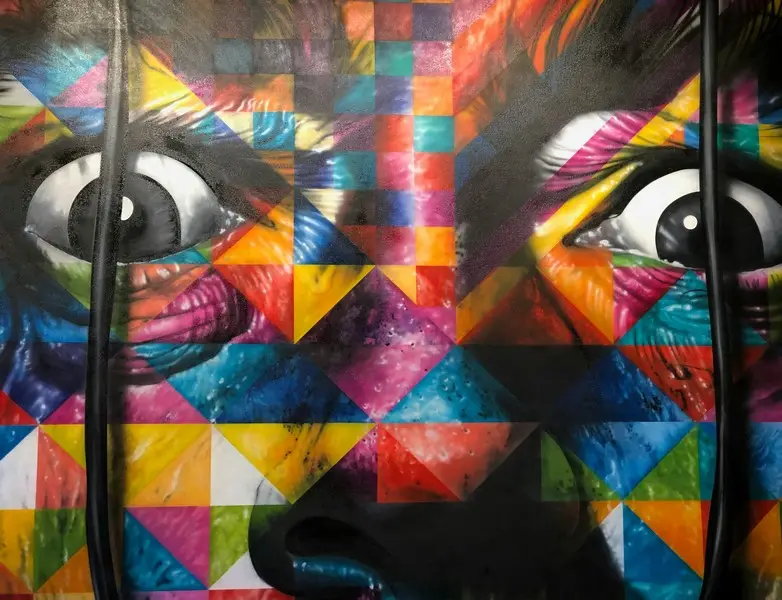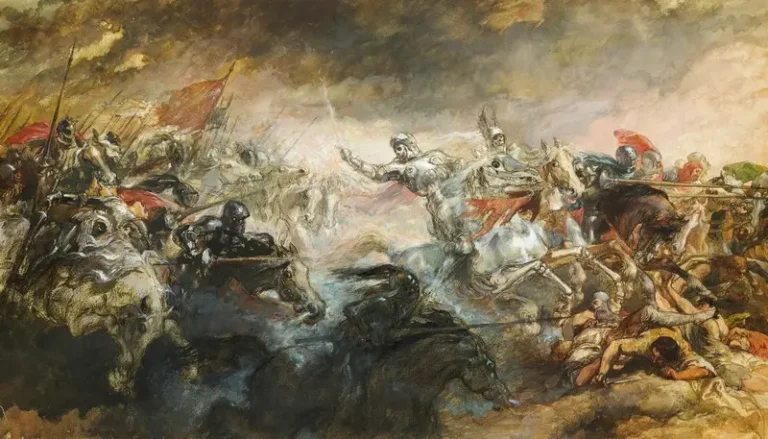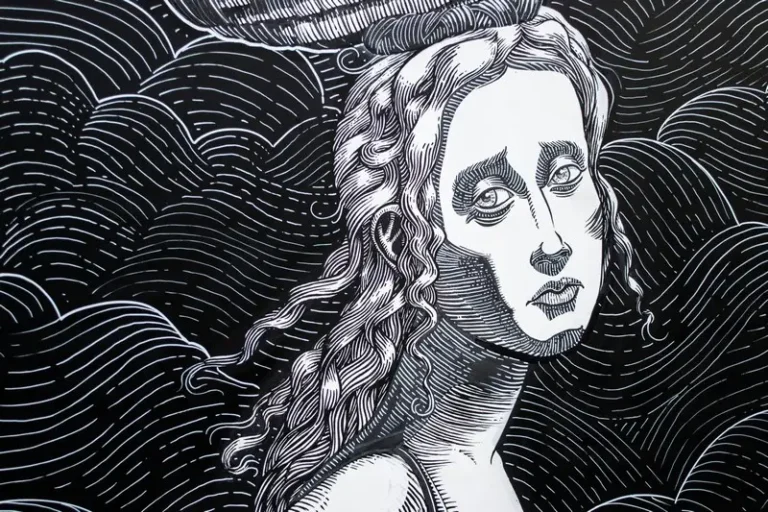Table of Contents
- Historical Context of Art as Social Consciousness
- Art as a Catalyst for Social Change
- Contemporary Art and Social Critique
- The Role of Technology and Digital Media
- Art Education and Social Awareness
- Conclusion
Art, in its myriad forms, has long served as a mirror to society, reflecting the complexities, struggles, and triumphs of human existence. The concept of “art as social consciousness” delves into the profound role that art plays in shaping, challenging, and reflecting societal values and norms. By engaging with art, individuals and communities are often prompted to confront uncomfortable truths, question established ideologies, and envision new possibilities. This article seeks to explore the intricate relationship between art and social consciousness, examining how art functions as a catalyst for social change and a medium for societal critique.
Historical Context of Art as Social Consciousness
Early Artistic Expressions and Social Commentary
Historically, art has been a potent tool for social commentary. Ancient civilizations, such as those in Egypt, Greece, and Rome, utilized art to convey religious beliefs, political power, and social hierarchies. For instance, Egyptian art often depicted pharaohs in divine contexts, reinforcing their god-like status and legitimizing their rule. Similarly, Greek tragedies and comedies offered insights into the societal and political issues of the time, serving both as entertainment and as a medium for philosophical discourse.
The Renaissance and Enlightenment
The Renaissance period marked a significant shift in the role of art, emphasizing humanism and the potential for individual achievement. Artists like Leonardo da Vinci and Michelangelo not only celebrated human beauty and intellect but also subtly critiqued the social and political structures of their time. The Enlightenment further expanded the role of art in social consciousness, with thinkers like Voltaire and Rousseau using literature and theatre to challenge authoritarianism and advocate for individual freedoms and equality.
Art as a Catalyst for Social Change
The Role of Art in Revolutionary Movements
Throughout history, art has often been at the forefront of revolutionary movements. During the French Revolution, for instance, political cartoons and pamphlets played a crucial role in mobilizing public sentiment against the monarchy. Similarly, in the 20th century, the Russian avant-garde movement used abstract art to reject traditional aesthetics and promote revolutionary ideals. Artists like Kazimir Malevich and Vladimir Tatlin sought to create a new visual language that embodied the spirit of the Bolshevik Revolution and the promise of a utopian society.
The Civil Rights Movement
In the United States, the Civil Rights Movement of the 1950s and 1960s saw a convergence of art and activism. Music, literature, and visual arts were employed to highlight the struggles of African Americans and galvanize support for social justice. Songs like Billie Holiday’s “Strange Fruit” and Bob Dylan’s “Blowin’ in the Wind” became anthems of the movement, while writers like James Baldwin and artists like Jacob Lawrence used their works to depict the harsh realities of racial segregation and discrimination.
Contemporary Art and Social Critique
Postmodernism and the Deconstruction of Grand Narratives
Get the full article AD FREE. Join now for full access to all premium articles.
View Plans & Subscribe Already a member? Log in.






